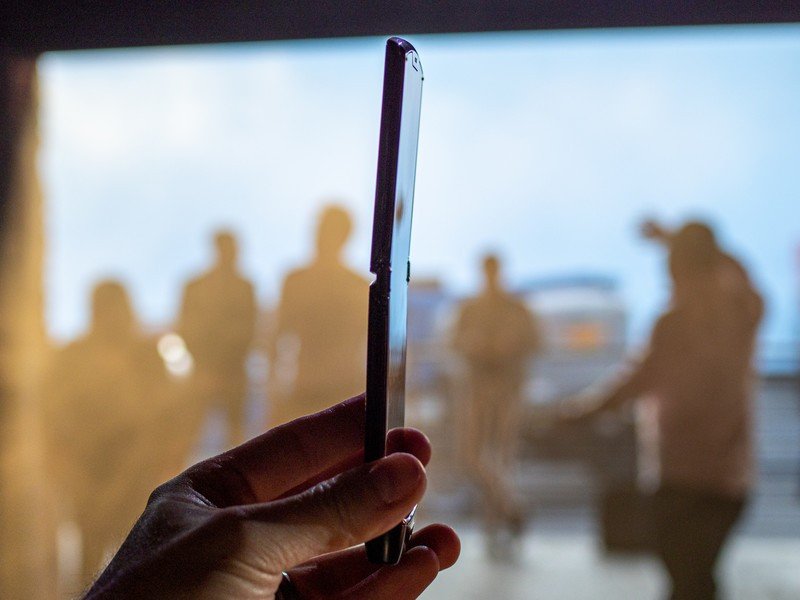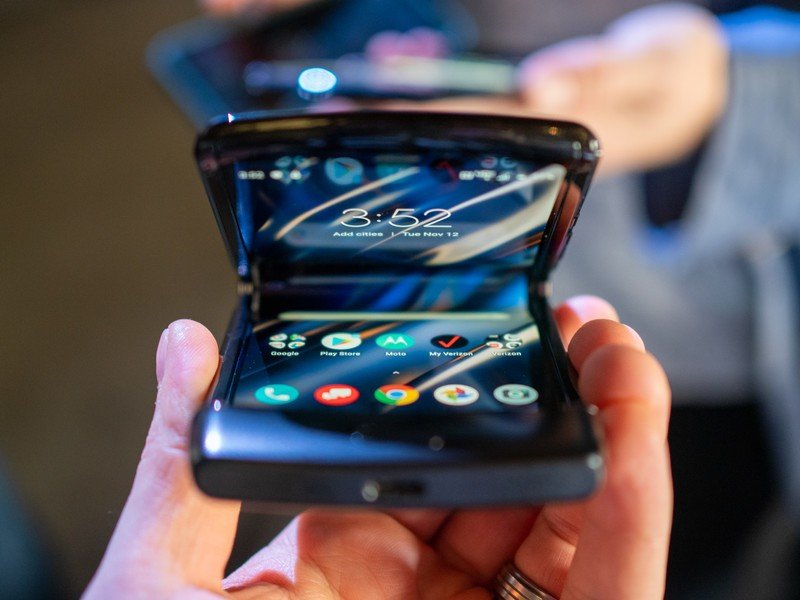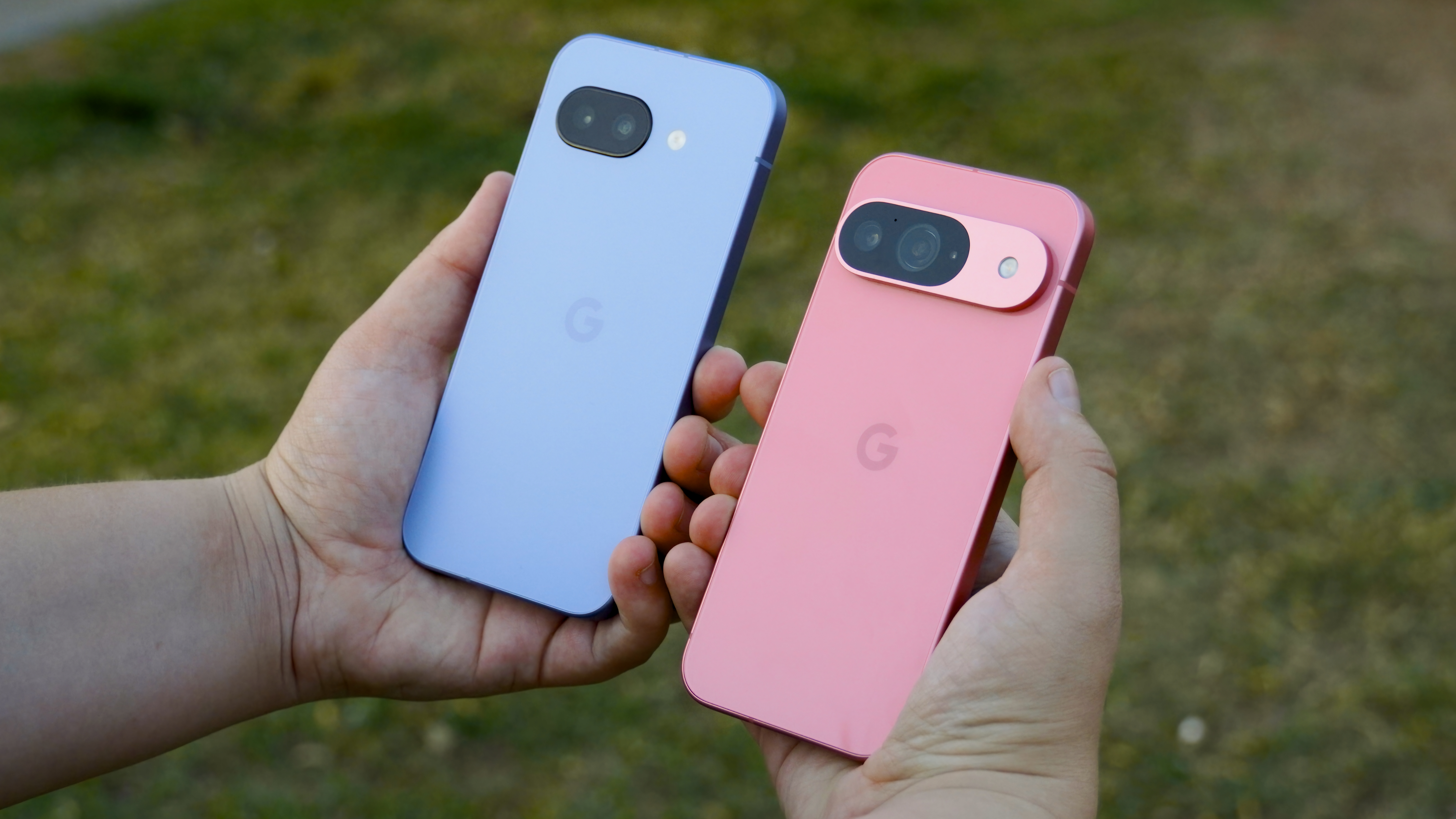Motorola RAZR hands-on: Back to the future
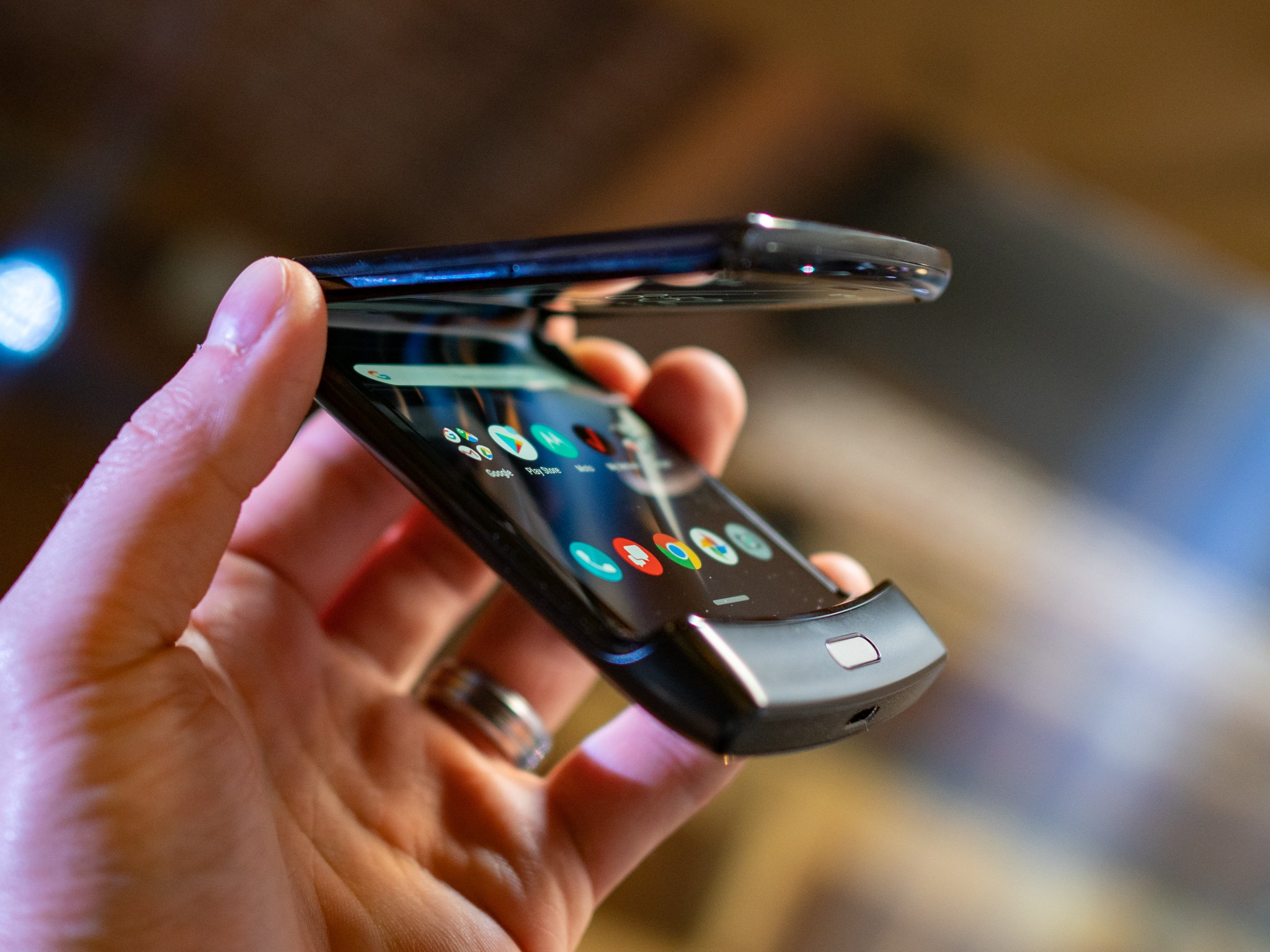
I'd imagine many of the Motorola RAZR previews you're going to read this week will start something like this: "The original Motorola RAZR, which came out more than 15 years ago, was the first cellphone that worked well and looked good. I have a lingering nostalgic love of the form factor, and the audible snap brings me back to a particular time and place."

I have none of that. My first cellphone was a Sanyo something-or-other, and by the time I replaced it, the iconic RAZR V3 was long discontinued. I did briefly own a Motorola KRZR before falling for the sliding seduction of the LG Shine, but my appreciation for the RAZR, unlike many people's, was tangential.
Which is why I'm so surprised that I had so many warm feelings for the new Motorola RAZR, a $1500 Verizon exclusive that, aside from its vertical fold, says little about the future of the smartphone industry.
The return of the flip phone
If you've ever used a flip phone, you know what to expect here. Motorola has reimagined the original RAZR V3, chin and all, for a 2019 — actually, 2020 — audience. It's a lot wider than that phone, though still objectively and sometimes frustratingly narrow compared to "normal" devices on the market. Flipped open, there's a 6.2-inch pOLED display likely dual-sourced by TCL, an up-and-coming manufacturer of foldable OLED panels (but a veteran at the fixed flat versions), and BOE.
The most impressive part about the RAZR is that when flipped open you can't tell that the screen folds
While the 2142x876 panel isn't that sharp, it looks quite good and gets bright enough for most applications. But most impressively, and something I couldn't really believe until I spent a few hours with the phone, is that after hundreds of folds there's no discernible crease in the plastic panel. Contrast this with the Galaxy Fold, where the inner crease is obvious to the point of distraction, that's a laudable achievement. Motorola's also done some interesting things to prevent debris ingress from affecting the long-term performance of the RAZR. The hinge is capped, just like the re-released Galaxy Fold, but there's an extra flexible plastic layer on top of the primary one that's meant to prevent dings, scratches and, ultimately, premature damage.

Source: Daniel Bader / Android Central
Also interesting is the bravado with which Motorola is approaching the actual day-to-day usability of its first flexible phone; use it, they say. Don't worry about getting it wet — while there's no IP rating, the RAZR is splash-proof thanks to a nano-coating that all of the company's phones receive. The stainless steel frame is also incredibly hardy and should hold up far better to wear and tear than the Galaxy Fold, low bar as that is. Motorola's also offering free screen replacements for the duration of the one-year warranty, after which it'll be $300.
Get the latest news from Android Central, your trusted companion in the world of Android
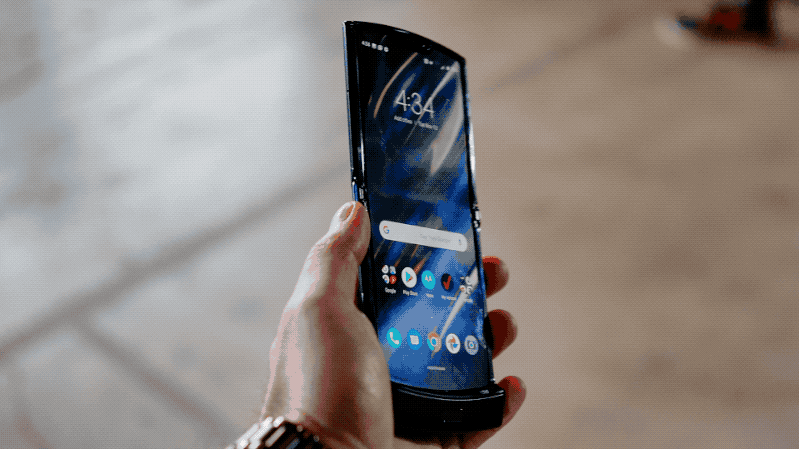
But this is a far more compact object to protect than the Galaxy Fold, and Motorola's trying to achieve something very different: making a regular-sized phone out of something small. Folded, the RAZR measures just 72 x 94 x 14 mm, making it petite enough to fit in all but the most diminutive of pockets. It's a truly impressive demo, especially since opening and closing the phone feels just as satisfying as you'd hope — more so when you figure out how to do it with one hand, just like with the original. One of my favorite moments from the demo was making a call and hanging up by slamming the phone shut with a visceral thud.
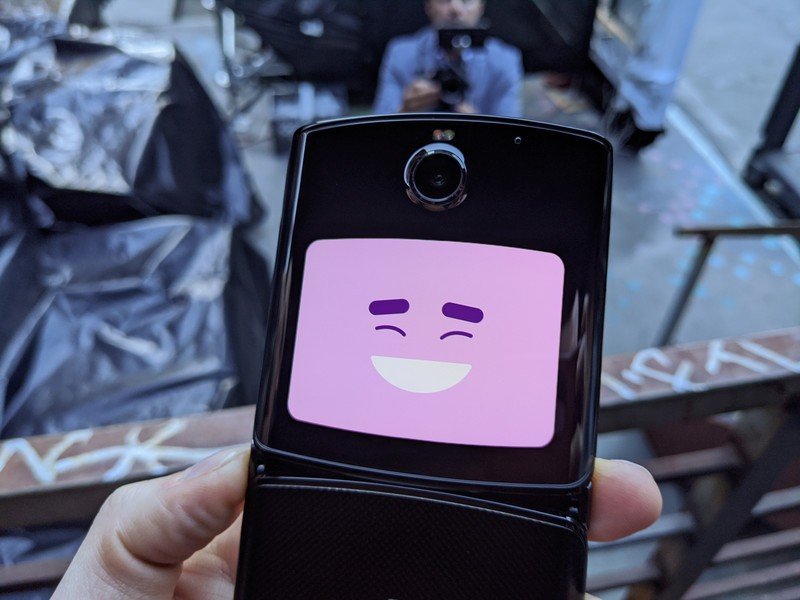
When closed, the RAZR has a small 2.7-inch OLED panel for notifications and video calls, which Motorola is calling Quick View. It doesn't do much — unlike the Galaxy Fold's outer display, there's no Android interface you can browse — but it does allow you to read and reply to incoming messages, ask Google Assistant the weather, toggle Wi-Fi and Bluetooth, control music, and make NFC payments.
Lost in time and space
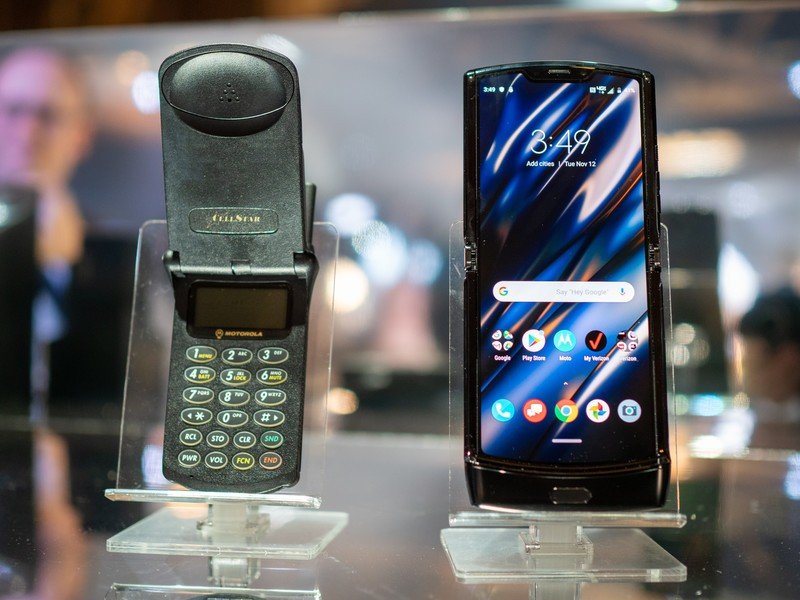
Motorola admits that it's been working on this phone for a long time — with parent company Lenovo, the company began researching applications for flexible displays back in 2015. The components were finalized in early 2018 to make sure that, once put together, the RAZR could withstand everyday wear and tear.
But that protracted development process comes at a cost: the phone's internals are decidedly mid-range, highlighted by a Snapdragon 710 processor that debuted in mid-2018 and lacks the power we've come to expect from devices at this price range. It's still a capable chip for sure, with two high-performance cores based on ARM's Cortex-A75 architecture and six low-power cores based on the Cortex-A55. The problem is that the 710 has been replaced by the Snapdragon 730, which is both more powerful and power-efficient, and that chip too is likely to be superseded by a newer Snapdragon 700-series chip in the coming months.
Motorola RAZR specs: Everything that powers Moto's new foldable
To ensure the phone runs well, there's 6GB of RAM on-board, along with 128GB of non-expandable storage. In fact, you're not going to need any SIM card doohickey for this phone, as it's the first phone released in the U.S. to use an eSIM as its primary way of connecting to the network.
Of course, being a Verizon exclusive, that network will necessarily be Verizon, but Motorola says that once the phone is unlocked it can be easily transferred to another carrier as long as it supports eSIM technology, which means AT&T and T-Mobile in the U.S. and all four major carriers in Canada, along with a bunch of others around the world. As a network nerd, this makes me extremely happy — I've been looking forward to getting rid of physical SIM cards for years now — since, in theory, it means switching carriers is as simple as obtaining a QR code. We'll see, though, how that works in practice.
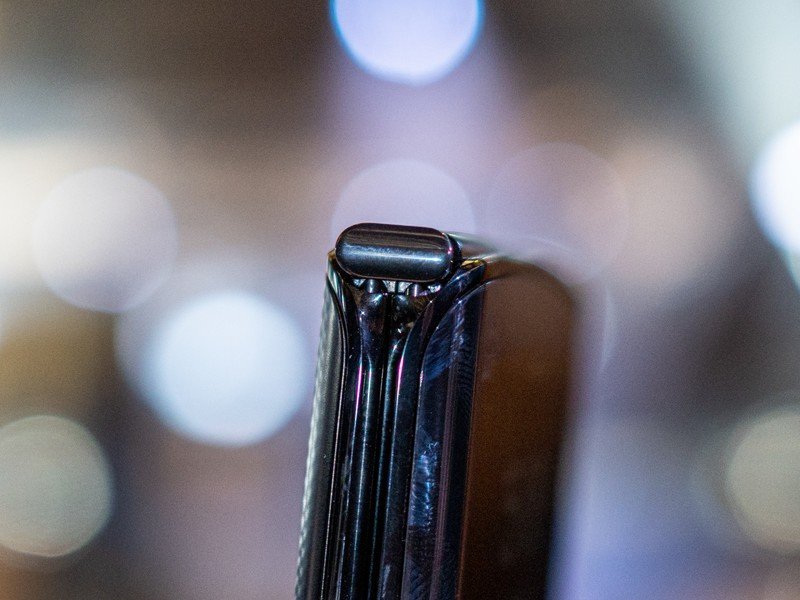
If you're scrutinizing the rest of the parts that make up the whole, the rest of the spec sheet is a cause for concern. The battery inside the RAZR is small, even for a phone of this size. While Motorola says the 2510mAh cell will last for over a day thanks to the battery-sipping processor and all the software optimizations on board, it's still concerning to see such a small number on the page.
There's also a small fingerprint sensor on the front of the phone, another vestige of a design that appears to have been finalized before the proliferation of the in-display variety (though I'm actually grateful for the reliability of a capacitive sensor in this case).
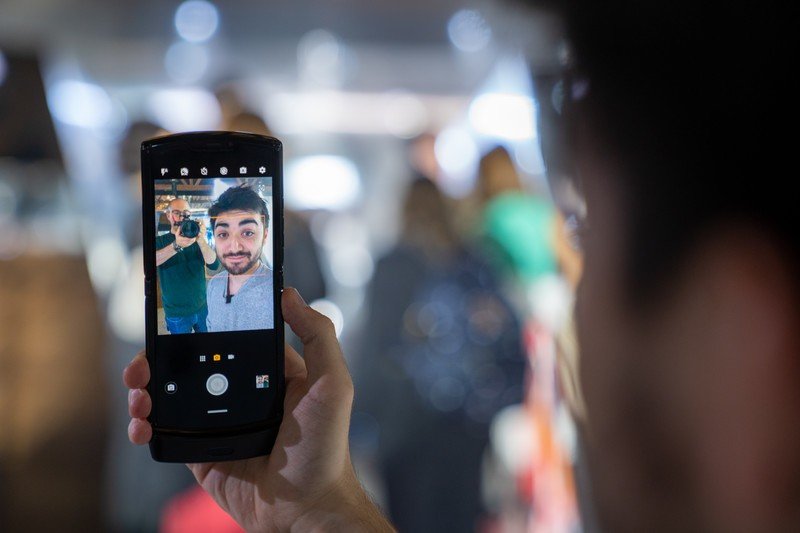
A single 16MP camera sits on the phone's front, which turns into the phone's rear when the screen is extended. Motorola says that the sensor does everything a phone needs, but there are a few issues with that statement: the sensor itself is relatively old, an IMX519 that showed up in devices like the OnePlus 6 and 6T, along with the Moto G7 Plus earlier this year, and early samples show little promise that it performs better than other much cheaper Motorola devices.
The camera does some interesting things, though, thanks to the interplay with the small front display: it'll show a little animated disembodied cartoon face to remind kids to smile, and it'll also show a preview to the subject after the photo is taken. And because the outer camera is also a selfie shooter when the RAZR is folded, it can be used to frame and take a selfie. Small additions, sure, but Motorola plans to add to the experience over time.
Unfortunately, time isn't on Motorola's side.
The software waiting game

The Motorola RAZR launches in January 2020 with Android 9 Pie. Why launch with a version of Android that was announced in mid-2018 and not the newer, better, faster, more foldable-compatible software that launched this year? Because, as with the hardware, the software has been in development for a very long time.

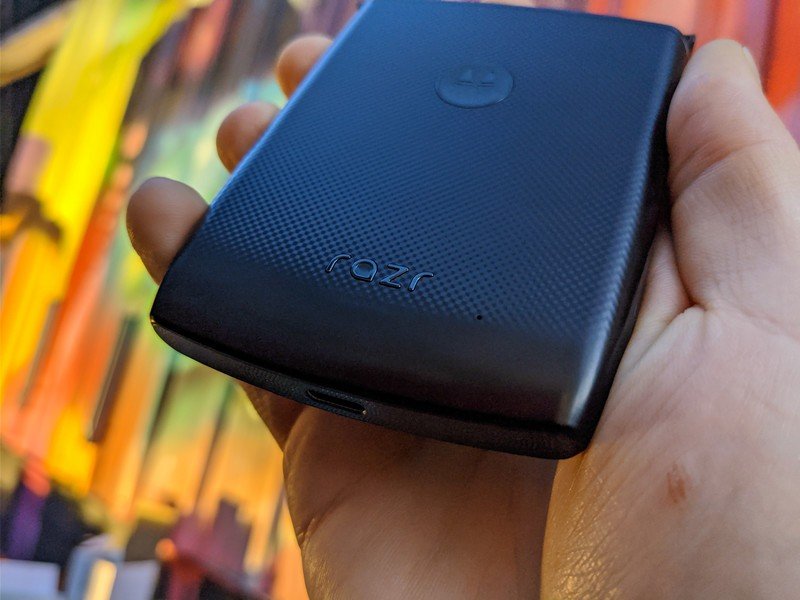
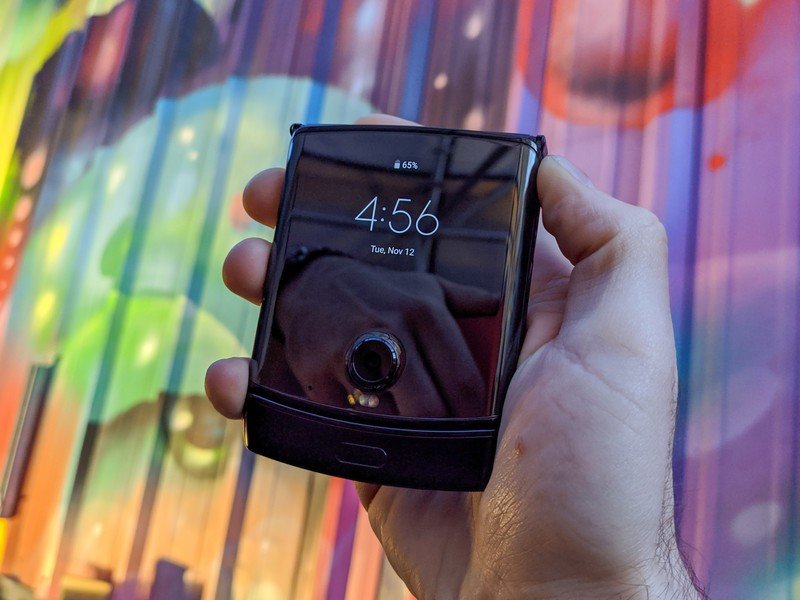
That means a couple things: it's really stable right now and feels polished, but it also means that users are stuck waiting for the real foldable experience until well after the phone is released. And releasing a phone in early 2020 with Android 9 is borderline insulting.
Motorola says that it's working with Google to expedite the release of Android 10 for shortly after the phone's January debut, but who knows how long it will actually take. Motorola hasn't filled us with confidence with its update cadence on its other phones.
OK, now what?
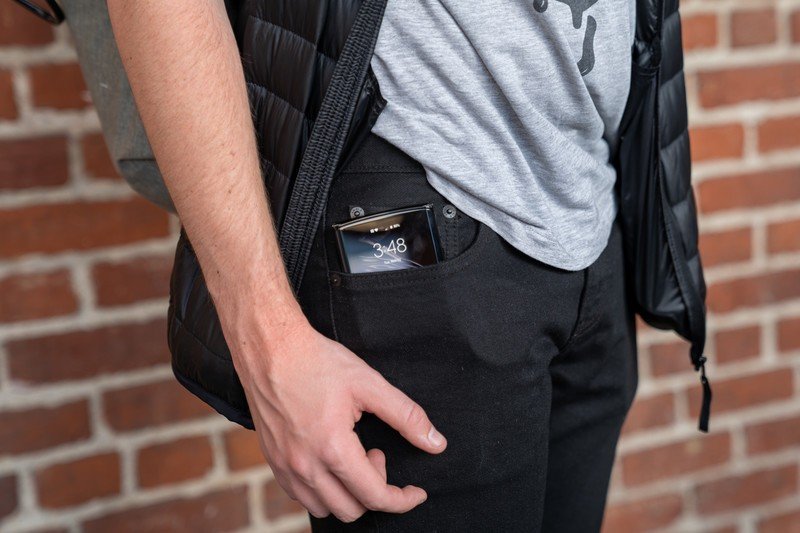
While it's launching today, the RAZR doesn't actually come out until early January. You won't even be able to pre-order it until December 26, which is baffling. That it's a Verizon exclusive also means the potential audience for this product is limited at best, and while it's no surprise — Motorola has been close with Verizon since the days of the original Droid, and Big Red passed on the Fold's re-release recently — it's still difficult to countenance Motorola's ultimate goal with the RAZR. Who is it for? Who's going to spend $1500, or $63 per month, for a glorified flip phone?
Motorola's spent the last three years building a small phone that flips out to become a bigger one. It's awesome that such a thing is possible, and there's just something truly exhilarating and a bit cheeky about being able to show it off.
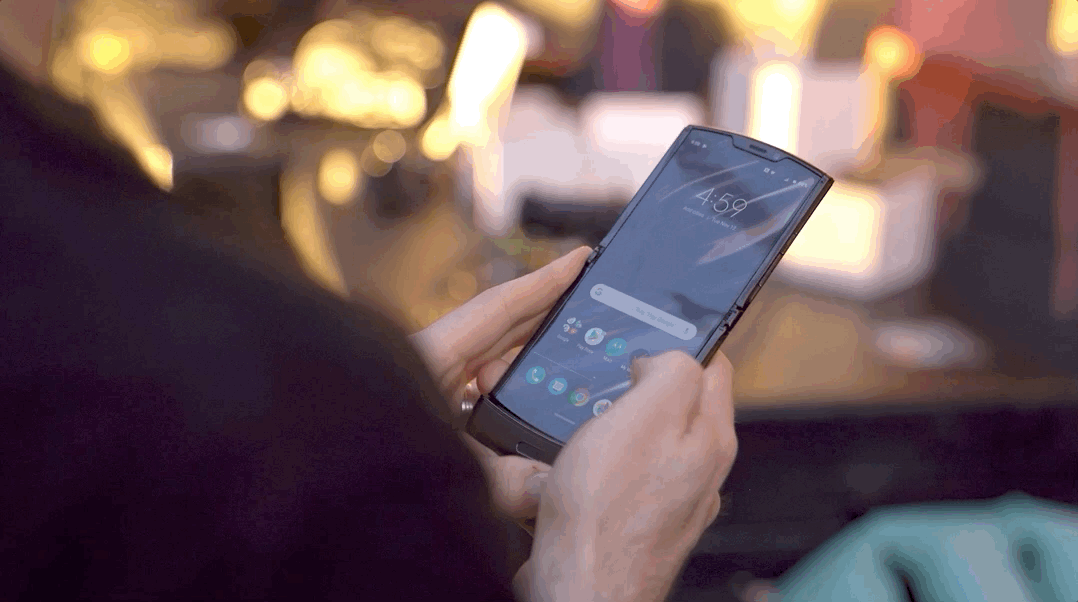
But I wonder if that's just what it is: a showpiece, a design object, something to show off. As practical as the phone itself is, the circumstances around its price and availability make it the very opposite of practical. Whether that's ultimately to Verizon's and Motorola's benefit remains to be seen, but the RAZR, unlike its 2004 predecessor which sold in the millions, is unlikely to reach the pockets of more than a few thousand people.

Daniel Bader was a former Android Central Editor-in-Chief and Executive Editor for iMore and Windows Central.
